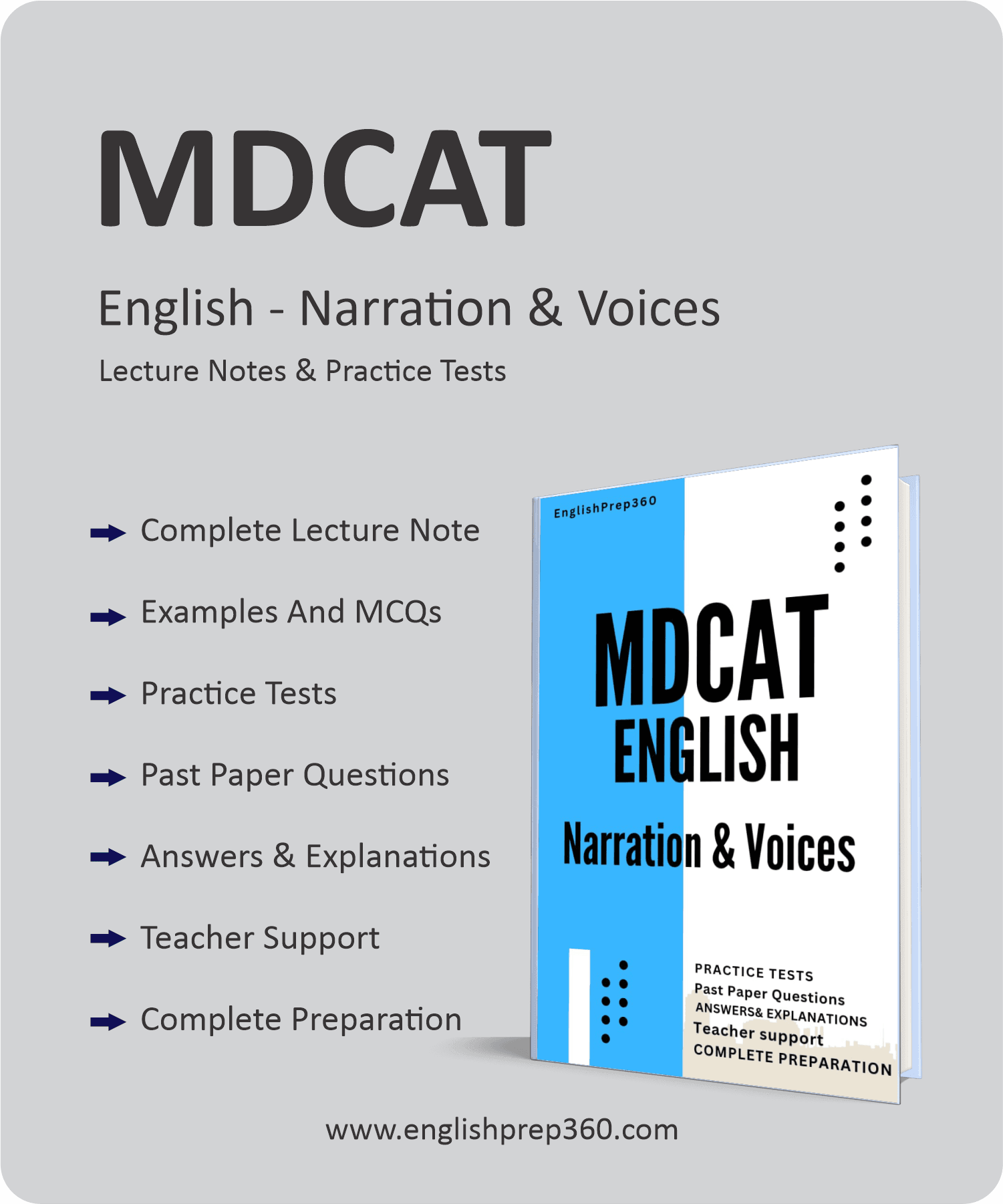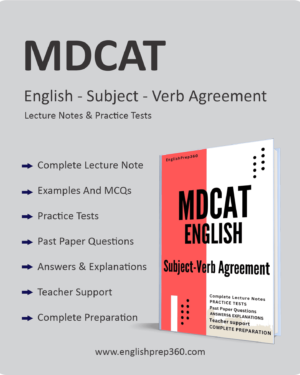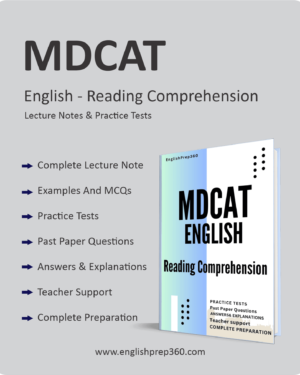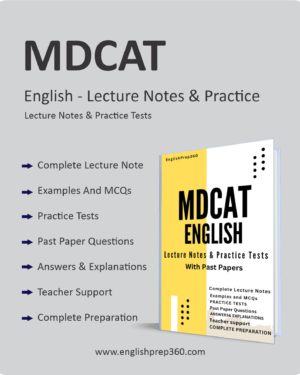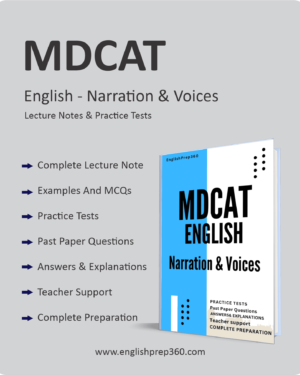NARRATION – Paragraph:
“Narration conversion represents a significant testing area in Pakistani entrance examinations, with questions requiring precise application of transformation rules when shifting between direct and indirect speech. This systematic guide covers all essential aspects of narration changes—including tense adjustments, pronoun shifts, and modifications to time and place expressions—with special attention to reporting questions, commands, and exclamations that frequently appear in test questions. Students will master the nuanced use of reporting verbs like ‘advised,’ ‘suggested,’ and ‘complained’ that often determine the correct conversion form. Through carefully selected examples reflecting actual exam complexity, this section ensures students develop the technical precision needed to excel in narration questions that consistently appear in medical and engineering admission tests.”
VOICES – Key Points:
- Fundamental distinction between active and passive voice
- Formation rules for all tenses in passive voice
- When to use active versus passive voice appropriately
- Verbs that cannot be used in passive voice
- Passive constructions with modals and infinitives
- Multiple transformations in complex sentences
- Common errors in passive voice formation
- Identifying agents in passive constructions
- Strategic use of passive voice in academic and scientific writing
- Practice with complex voice transformations from previous exams
VOICES – Paragraph:
“Voice transformation between active and passive forms represents a core assessment area in entrance examinations for medical and engineering programs in Pakistan. This comprehensive section addresses all aspects of voice conversion—covering formation rules across all tenses, special cases with modal auxiliaries, and verbs that resist passivization. Students will learn to recognize when passive voice is contextually appropriate, understand how to maintain meaning during transformation, and master the identification of active/passive errors in complex sentences. Through targeted examples reflecting actual test questions, this guide develops the precise technical understanding needed to excel in voice-related questions that frequently appear in multiple formats across entrance examinations.”

